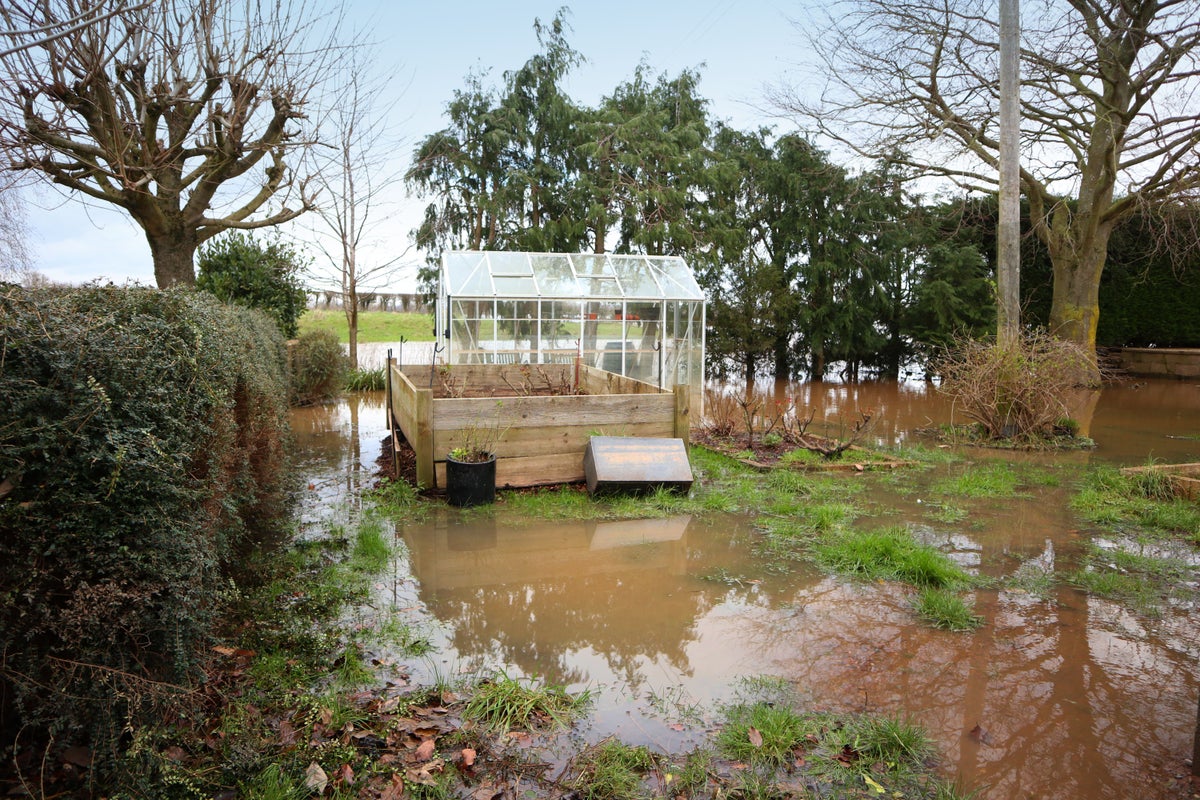
Despite a long, dry summer and a parched September, the inevitable return of heavy rain often catches gardeners unprepared, leaving prized plants struggling and outdoor spaces waterlogged.
Chelsea gold medal-winning designer Tom Massey warns this common predicament reflects increasingly severe global weather events – from devastating floods to crippling heatwaves – that can no longer be overlooked. I
In his new book, RHS Waterwise Garden, Massey, a Chelsea gold medallist for his WaterAid Garden's sustainable water management, outlines practical steps to anticipate and mitigate autumn and winter downpour damage, aiming to equip gardeners with strategies to minimise harm.
1. Plant trees and shrubs that love water
“If there is an area of your garden that does regularly flood, choose plants that can draw up a lot of water from the soil, such as salix species (willow), alder (alnus) and betula (birch), which help soak up water and dry out heavy ground.
“Cornus (dogwood) are also a good choice as they bring striking winter colour while perennials like Siberian iris (Iris sibirica), astilbe and purple loosestrife (Lythrum salicaria) thrive in damp soils. Together they absorb excess rain, stabilise soil, and add year-round beauty.”
These plants will also survive submerged, he notes, and planting from October to the end of March is the ideal time.
“If the ground is very sodden (due to persistent torrential downpours) delay planting because you can damage the soil structure by trampling around and digging into it when it’s that wet,” he advises.
2. Improve soil health
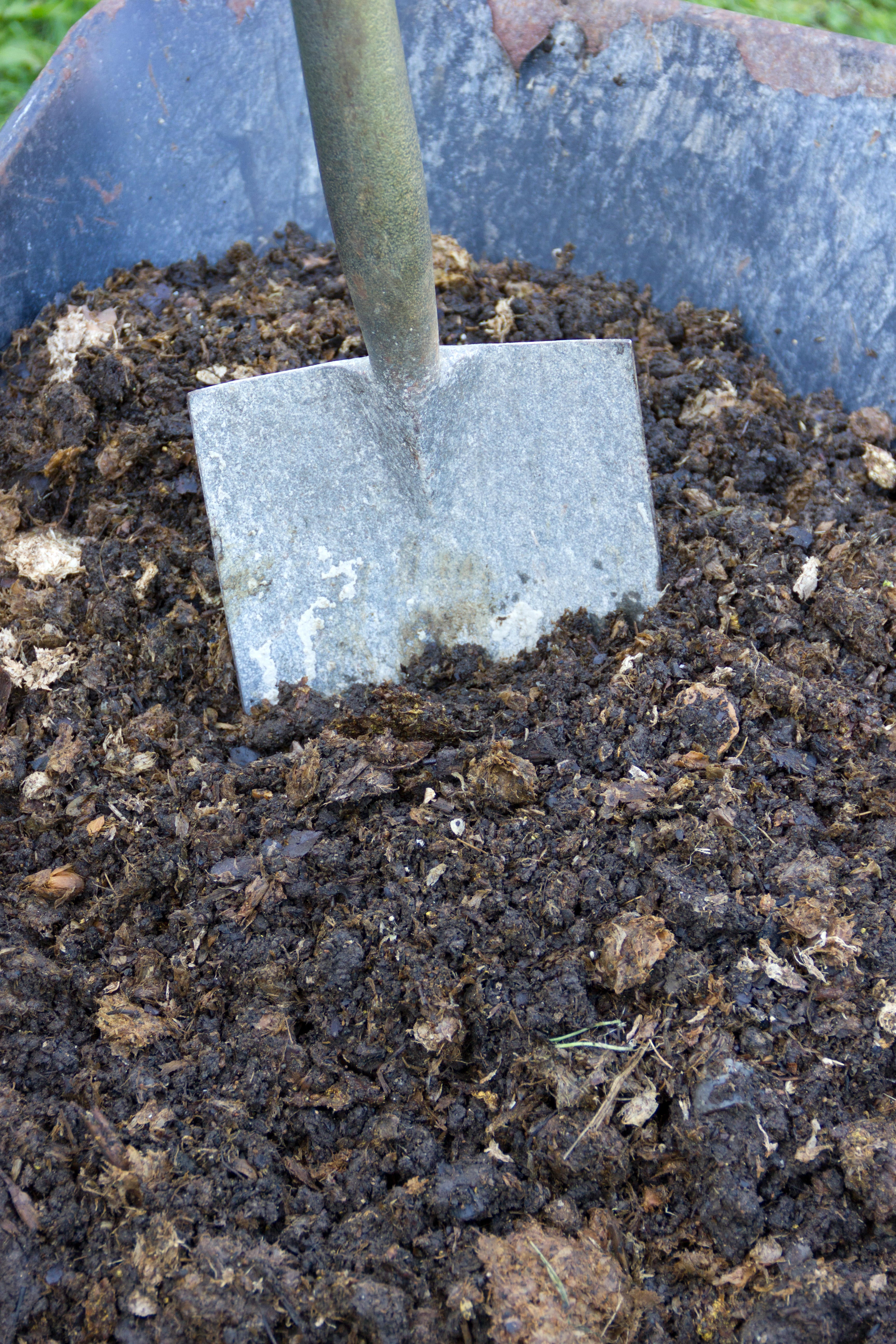
“Add organic matter to increase infiltration and water storage. Healthy soil can act like a sponge and it reduces run-off too.
“If your soil isn’t heathy and it’s very compacted and very degraded, the water just runs off and that can create flooding in other parts of the garden.”
Improve your soil by adding organic matter regularly such as compost, leaf mould or well-rotted manure to enrich the soil, he suggests. Healthy soil will hold on to rain when it’s wet and slowly release it as things dry out.
“Even one bucket per square metre makes a difference. These materials also act as mulch, and you can top up with composted bark or garden compost a couple of times a year.
“There’s no need to dig it in – worms and microbes will do the work, pulling it into the soil. Mulching also prevents compaction, suppresses weeds, and reduces surface run-off.”
3. Use permeable surfaces
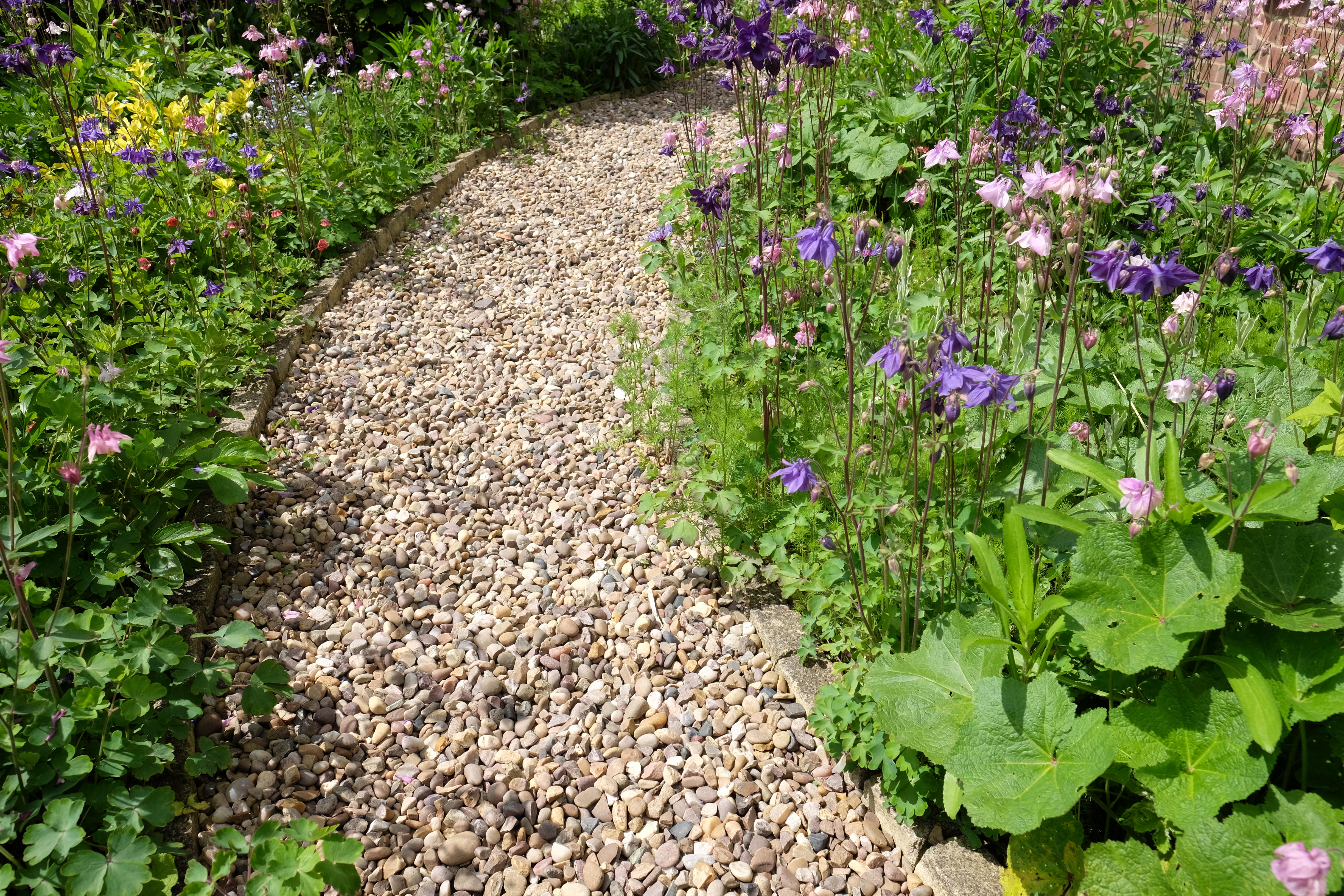
“If you are designing your garden from scratch, try to include lots of permeable surfaces.
“Big areas of paving with no permeability might lead to flooding locally on the paving, and water is just going to run straight off and might overwhelm other parts of the garden.”
Swap solid paving or concrete for gravel, permeable block or clay pavers, or reinforced grass/gravel grids (widely available in UK garden centres), he advises. “These surfaces let rain soak in rather than run off, reducing flash flooding and topping up groundwater.
“Or you can think about leaving gaps or channels between areas of paving for water to percolate into the soil. If you’ve already got big areas of paving, pull up a few pavers here and there to create pockets for planting.”
4. Disconnect your downpipes
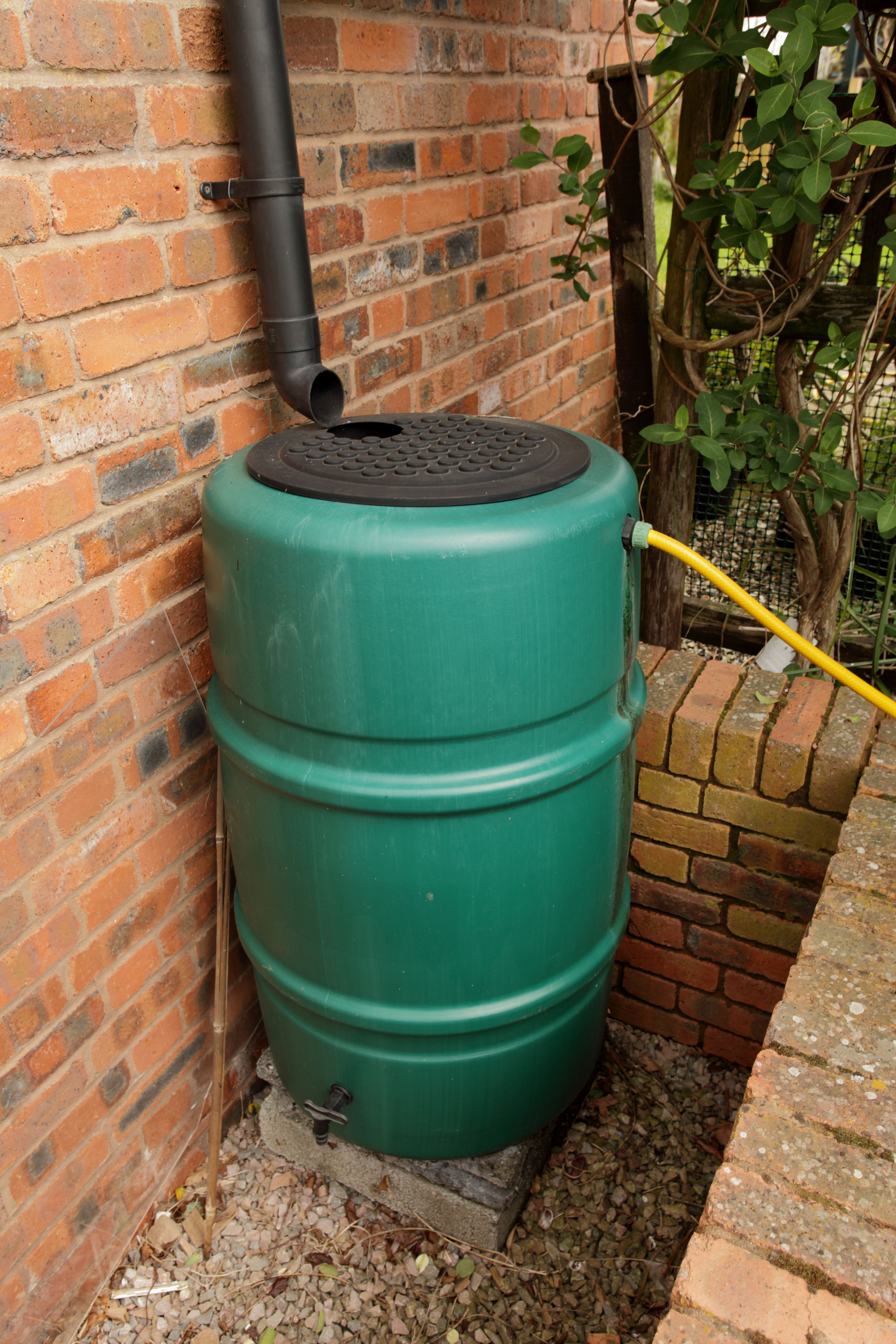
“Often, flooding locally is caused by sewer systems becoming overwhelmed from all the stormwater going directly into the sewers and that’s where you see roads flooded and flooded drains.
“Disconnecting your downpipes which come from your roof and connecting them into a water butt or rain garden or a swale (a shallow channel designed to collect and slowly drain water) or soak-away, instead of allowing that water to go into the main sewer system, can be a really good way to help the local area be more flood resilient,” he maintains.
5. Dig a pond
If you have an area of the garden which is prone to flooding consider digging a pond, planting it up with bog plants and framing it with decorative rocks and aggregates, so that when it rains heavily it creates an interesting garden feature, he suggests.
“You’d need to think about overflow, too, but if you dig a big enough space you could actually have a really attractive seasonal pond that fills and empties.”
6. Lose your waterlogged lawn
If your lawn is in a part of your garden that is prone to flooding, you might want to have a rethink, says Massey.
“You’re fighting a losing battle because if you try to erase the flooding of a lawn by just poking holes in it with a garden fork, it’s very superficial and it’s a deeper problem,” he warns.
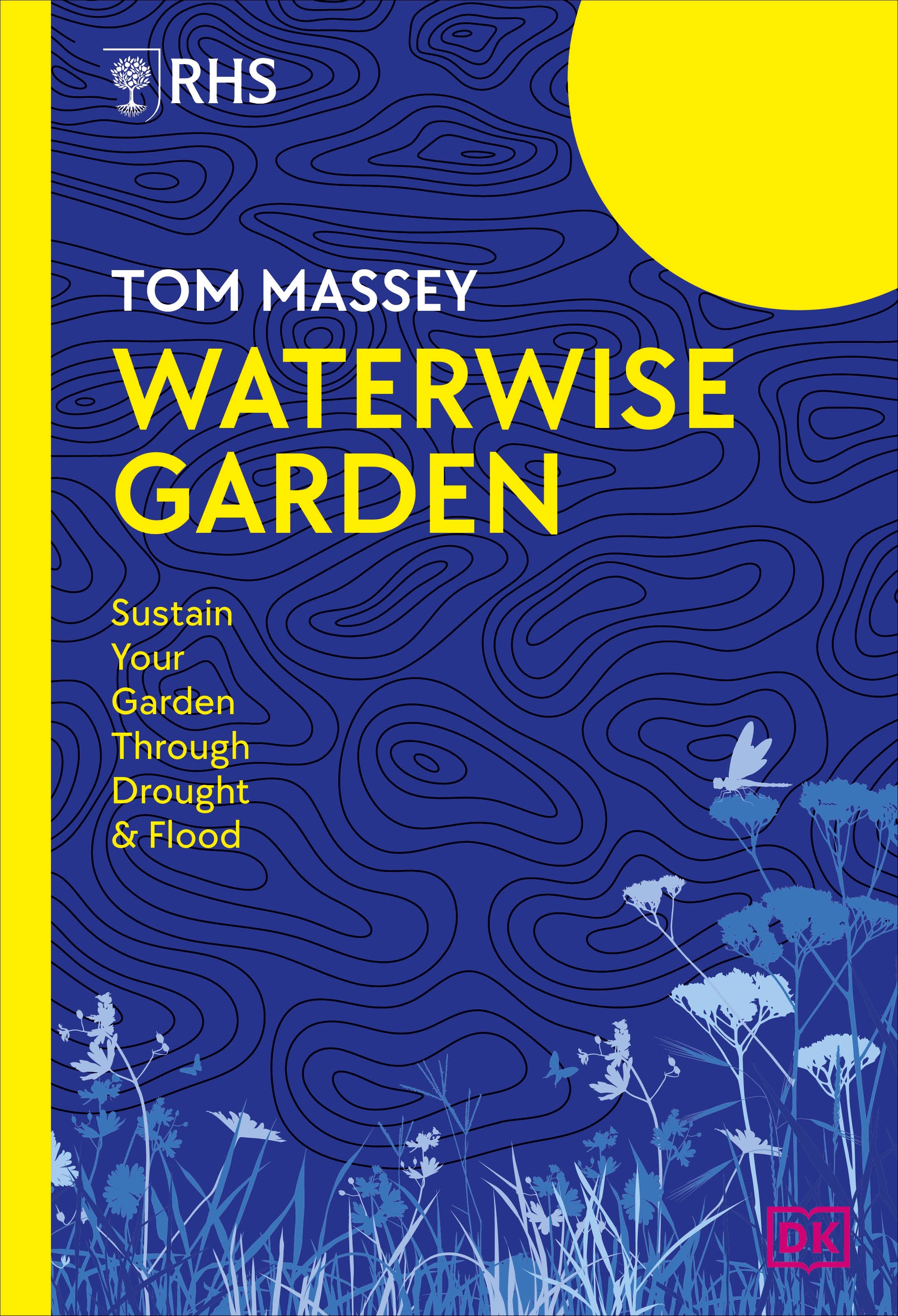
Instead, consider creating a rain garden, a shallow depression designed to hold water and then allow that to percolate into the soil, he suggests.
“Or you can have a bog garden, and by planting plants that like boggy conditions who will create a different kind of habitat that can be really interesting for the biodiversity. Just rethink that area instead of constantly fighting with a boggy lawn.”
Moisture-loving plants which are ideal for a bog garden include Iris pseudacorus (yellow flag iris), meadowsweet (Filipendula ulmaria), sedges (carex) and ferns.
Garden borders looking lacklustre? Here are some inexpensive tips
The science behind growing a giant pumpkin
The top botanical gardens and arboretums in the UK and Ireland to visit this autumn
Renting a property? Garden expert reveals how to make the most of your outdoor space
Everything you have ever wanted to ask a giant vegetable record-breaker
The bulbs to plant this autumn for a colourful spring garden







